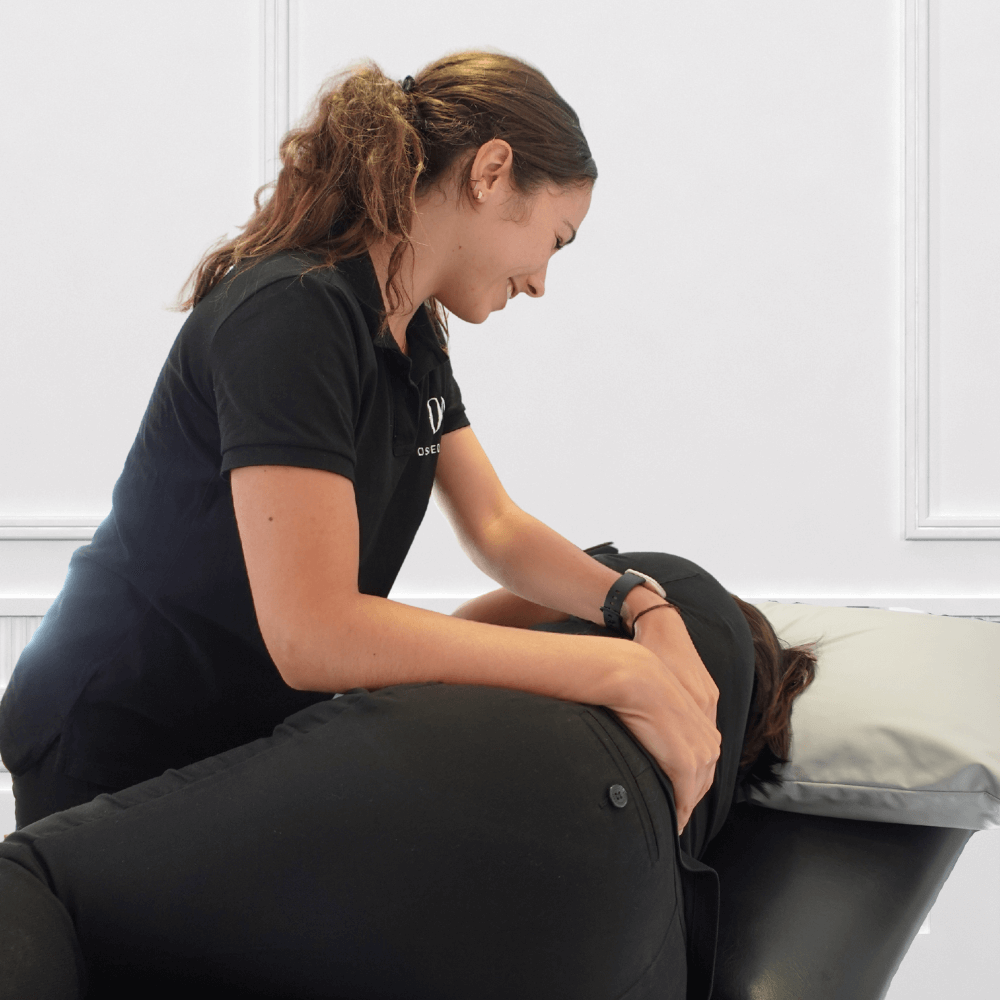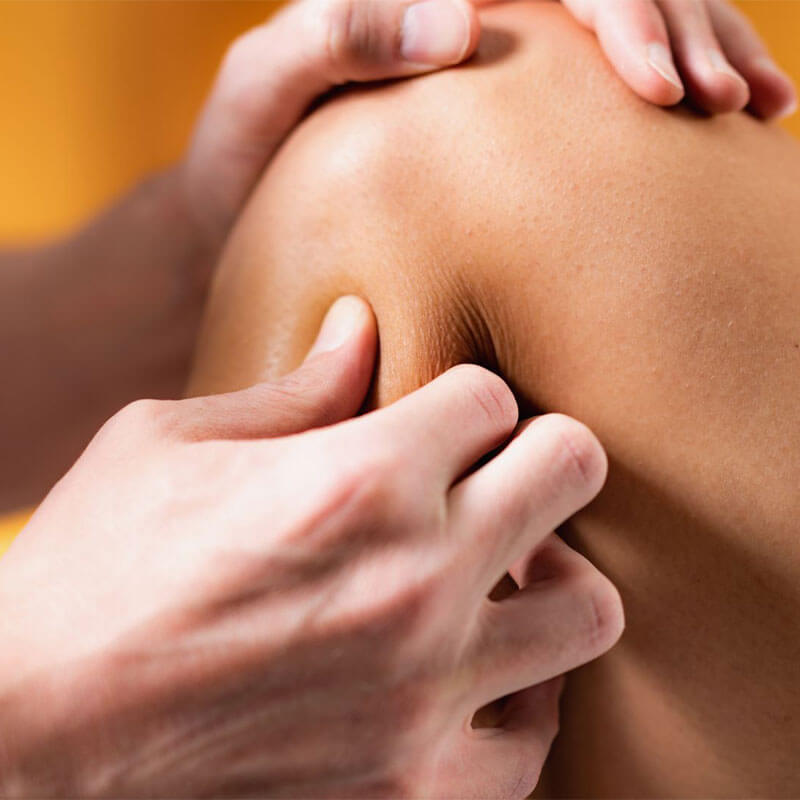Osteopathy for Sciatica
Pain which might run down your legs, even to your toes.
Is my back pain due to Sciatica?
Whatever it feels like, and however long it lasts, that pain may be sciatica. It happens when the sciatic nerve, which runs from your hip to your foot, gets trapped or pinched in your lower back, or becomes inflamed. That moment of pinching can be short, causing acute pain, or it can continue for weeks and even months, making your sciatica a chronic condition.
The symptoms of sciatica vary from one person to another. You may experience tingling, a burning pain, pins and needles or numbness in your legs. It can introduce weakness, making it difficult to move the foot or leg. Sudden movements and muscle spasms, such as coughing or sneezing, can make it worse. You may also feel pain in your calf or hamstring, which is more noticeable when you sit down.
There are many reasons why your sciatic nerve might be squeezed or inflamed, causing you pain. It’s the longest nerve in the human body and is often affected by the ageing of bones and the spine, as they become worn over time. Other triggers include osteoarthritis and back injuries. Sciatica can be made worse by not getting enough exercise.
Osteopathy, which combines manual therapy with gentle exercises, can help relieve the symptoms of sciatica. The National Institute for Health and Care Excellence (NICE) recommends a combination of manual therapy and exercises for the treatment of sciatica.
How Osteopathy may help Sciatica?
As a registered medical professional, your osteopath is able to make a diagnosis based on the symptoms you are experiencing and their non-invasive examination of the affected areas. This includes testing your back, legs and hips, taking into account how strong and flexible they are, while assessing flexibility and the degree of sensation.
In some circumstances, this may mean onward referral to a GP, but often we are able to address your situation with our own osteopathic treatment.
The main goal of our osteopathy is to relieve the pressure on your sciatic nerve and reduce any inflammation. However, we look at your body as a whole. Every bone, joint and muscle operate as a single unit, meaning when you’re a patient, we pay attention to more than just the specific pain that brought you to us.
We try to identify the cause of your sciatica, which means learning about your lifestyle and looking at your full medical history. This helps pick up on potential problems, both in your past and in your current activities.
With this information, we put together a treatment plan tailored to your requirements.

Therapies
Looking after your Physical and Mental wellbeing
Our range of therapies complements each other to ensure we create ultimate wellbeing.
Nutritional advice will help those with stomach and visceral problems. Osteopathy and exercise rehabilitation works with alignment, injuries and posture. Reiki, Tai Chi and Counselling ensure that our minds are dealing with everyday stress efficiently.
How we can help you
If you would like a spinal assessment or have an injury please get in touch with us or



